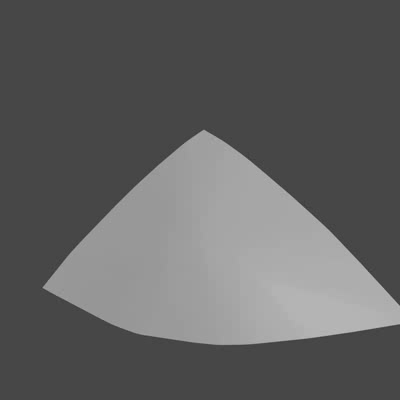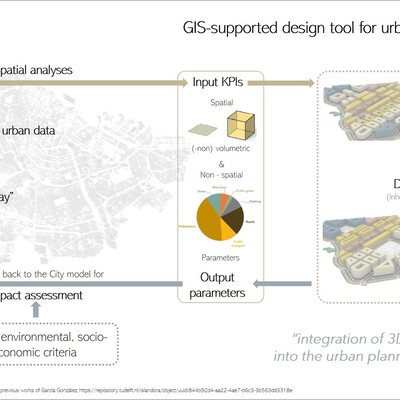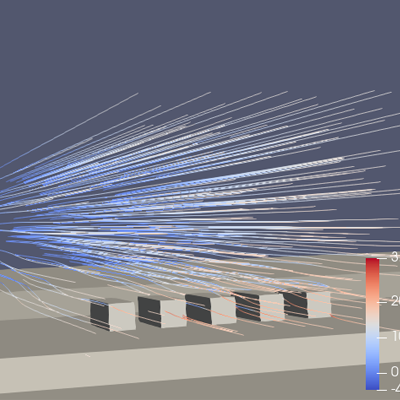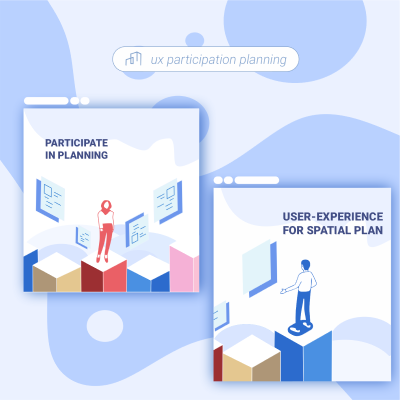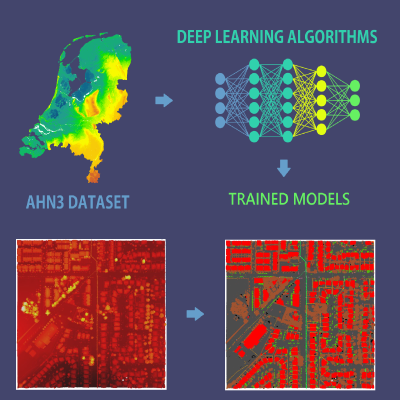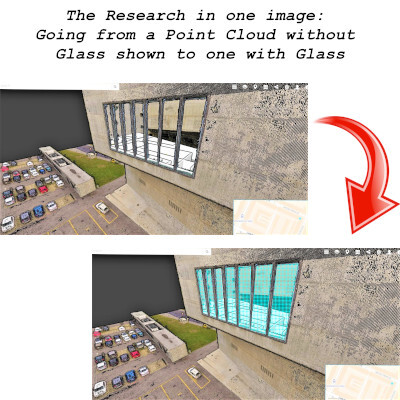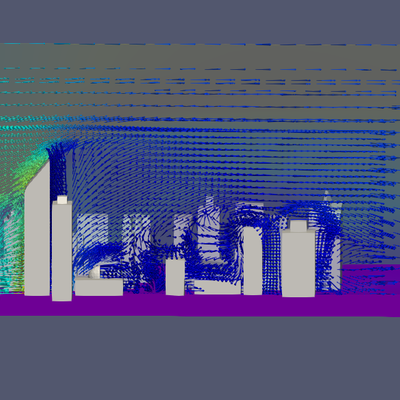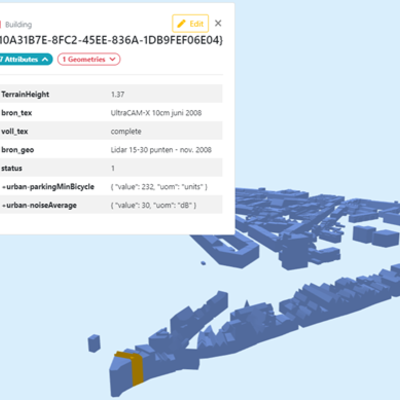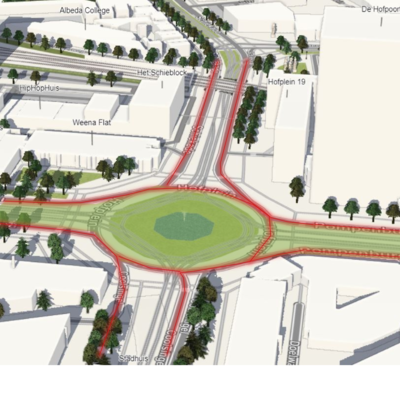
Charalampos Chatzidiakos
How should roads be modelled in 3D City Models?
Nowadays, 3D semantic city models are more and more used for the analysis of large urban areas. Until now, the focus has mostly been on models of buildings that have become very common. Nonetheless, many cases that could benefit from the detailed geometrical and semantic representation of road networks as well (Beil, Christof & Kolbe, Thomas, 2017). Nevertheless, the representation of roads in 3D city models might have potential drawbacks. The complexity related to the geometries of the model will increase while the file will become more complex as well. The main problem is that since roads in 3D city models is a fairly new development there are a few guidelines regarding modelling. The are many undefined concepts. With respect to that, this Thesis aims to answer: What is the most efficient way to model road networks and intersections in 3D semantic city models? And are the benefits of doing this overcome the potential downsides? During this thesis, different ideas for modelling roads will be analyzed. Areal and linear representations of existing data of roads will be used. Making use of python programming language, different approaches on how both these representations will be stored in a single CityJSON file for a road city object will be explored. Modelling intersections of roads is expected to be the most challenging part regarding modelling (Freek Boersma 2019). The linkage of linear (MultiLineStrings) and areal (Multisurfaces) data by one to one mapping will be tested.
Supervisors: Anna Labetski + Ken Arroyo Ohori